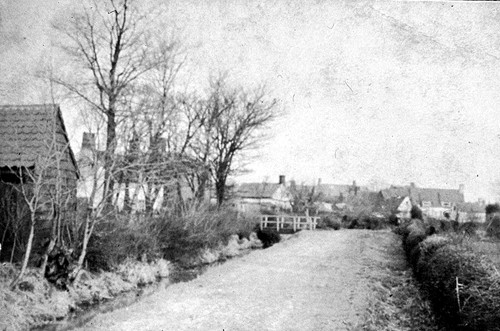|
THE FIRST PEOPLE
to live around St Peterís Pool were almost certainly the Ancient Britons
who had been living in this country since the Iron Age, staying alive by
fishing and agriculture, with huts for shelter and speaking their own
language. But this early tribal culture began to change with the arrival
of the Romans 2,000 years ago.
By 47 AD, the Romans
had reached Bourne, building the main road between south and north that
survives to this day and the waterway which can be found to the west, the
Car Dyke, which was constructed to move soldiers and supplies on rafts or
small boats but also helped drain the land to grow crops. The Romans remained in Britain for
almost 400 years but returned to Italy because their homes were being
attacked and every man was needed to defend them. But they left behind
many features of our lives that we recognise today such as the calendar,
the law and legal system, straight roads and aqueducts and, most important
of all, our language which is based on the Latin they spoke and wrote. |
